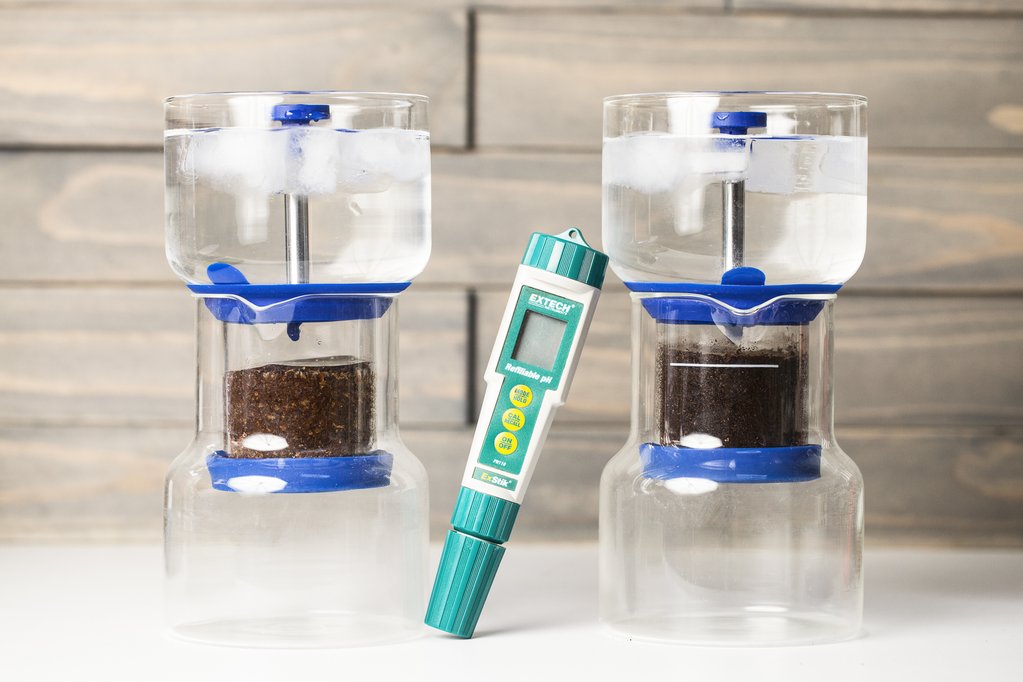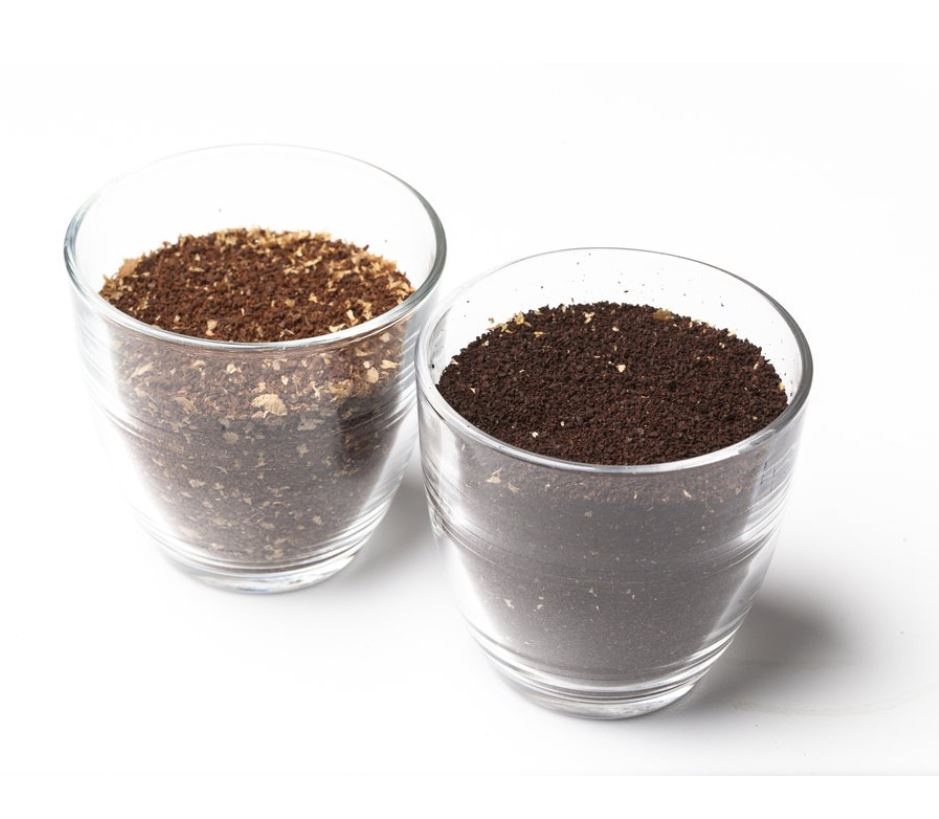

Lately, I've been thinking a lot about acidity, its connection to coffee, and cold brew in particular. Acidity is what gives coffee its liveliness. Without acids, coffee falls flat on the tongue. However, It's also the thing that many people point to as the culprit of their upset stomachs. We love cold brew for its silky smooth texture and naturally sweet taste, but many also seek it out for its lower acidity.
In The Coffee Roaster's Companion, Scott Rao discusses the changes in a coffee's acidity over the course of the roasting process. Multiple organic acids contribute to acidity, and a large part of a coffee's acidity and bitterness comes from Chlorogenic acid. During the roasting process, the Chlorogenic acid breaks down into quinic and caffeic acids. These acids contribute to the mouthfeel and "brightness" of the coffee. Citric acid imparts a sourness while Malic contributes a more clean flavor to the coffee.
He writes that organic acid development peaks around light roasts, and gradually decreases as the roast continues. As an experiment, I wanted to see how the total acidity compared between cold brew made from the same coffee roasted to different degrees.
For the experiment, I chose an Ethiopian blend of green coffee from the green coffee importer Sweet Maria's. I wanted to look at the two extremes of the roasting spectrum, so I roasted the light roast to the middle of first crack, and the dark roast to the middle of second crack. These had drop temps and roast times of of 203º C / 9 min and 223º C / 16 min respectively.


The difference in roast levels are pretty stark in the picture(left). Both cups contain 60g of coffee, but the dark roast is obviously less dense. The light roast also has more chaff (the husk on the coffee seed). This is due to having spent less time in the roaster resulting in less mechanical agitation that would have removed it.
Light Roast Level pH = 4.89
Dark Roast Level pH = 5.96
A little about the pH scale before we look at the results. The pH scale goes from 0-14, and 7 is considered neutral. pH levels below 7 are considered acidic, and above it are considered basic. The scale is also logarithmic. That means that for every 1 unit change in the pH, there's a tenfold change in acidity. For example, a pH of 6 is 10 times more acidic than something with a pH of 7.
The brew water I used for both experiments had a pH of 8.12. This was definitely more on the basic side, and likely the result of our ground water having a lot of mineral content.
The light roast with a pH of 4.89 was over 10 times more acidic than the dark roast with a pH of 5.96.
As expected, there was a very noticeable difference in taste between the two. The light roast had a distinct brightness to it that began at the front of the tongue and went back with a very light body. Reminded me a lot of the acidity in diluted lemon juice. The dark roast was a completely different experience from the light roast. Nearly all of the brightness from the light roast was gone, and the taste was much rounder with a significantly heavier body.
It was interesting to see the correlation between acidity and roast level corroborated in this experiment. My personal preference would have been for a roast a little darker than the light roast to round out the acidity just a tad. For those looking for a less acidic brew, going with a darker roast will definitely reduce the overall acidity. For those that want a livelier brew, opt on the lighter roasted side.